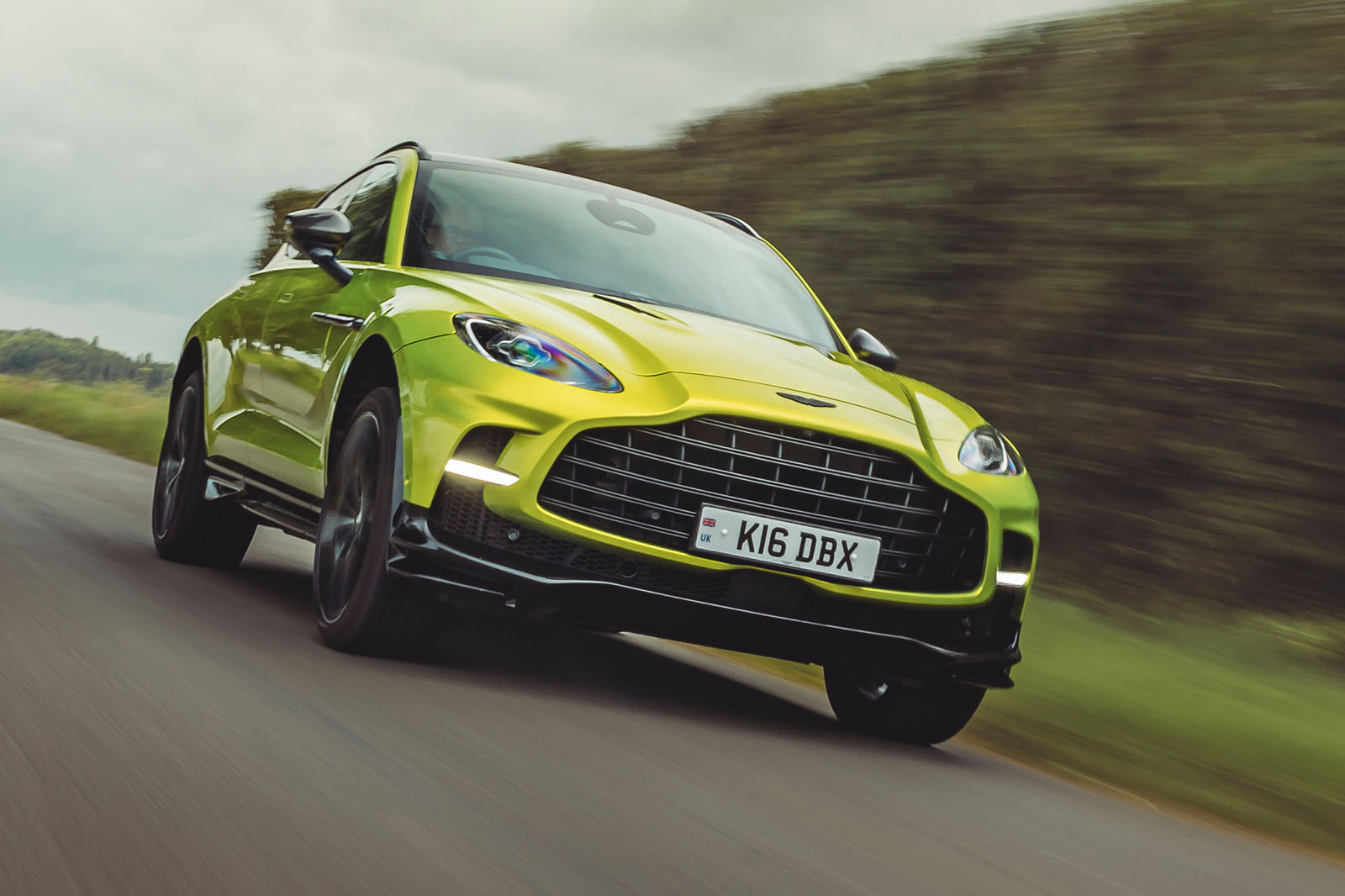However, where the initial 707 recipe was formulated for speed, noise and on-demand oversteer, this one mostly addresses the interior.
It’s a critical update, not least for the tech-focused Chinese market, where the DBX had traditionally sold well but has recently slipped back a touch.
Compare the original DBX’s chunky, hand-me-down Mercedes-Benz infotainment system with, say, the array in the BMW XM and you can see why an upgrade was desperately required for the model that accounts for more than half of Aston’s sales.
If the V-shaped deck of switchgear and slimline central touchscreen look familiar, it’s because this is the same in-house set-up that recently made its debut in the DB12 and Vantage coupés. At 12.3in, the display inside the instrument binnacle is fractionally larger in the DBX than it is in those cars, but elsewhere you have the same plethora of useful physical controls on the transmission tunnel and new but not quite responsive enough touch panels on the restyled – and very comfy – steering wheel.
Connectivity is considerably improved, too. The DBX now offers Android Auto and Apple CarPlay and has USB-C ports. In the context of a 697bhp car, this all sounds a bit prosaic, but if owners are just about willing to forgive the absence of these digital amenities in low-slung supercars, they certainly aren’t in more daily-usable options like the DBX.
The rest of the interior hasn’t been overlooked: there are new materials and details all around. Equally, the tenets of the DBX’s cabin – opulent upholstery, a class-leading atmosphere rich in its sense of light and space and rear leg room fit for an NBA star – haven’t changed. This remains an easy car to rub along with day to day, with only the lack of the rear-axle steering counting against the big Aston when it comes to manoeuvrability.
